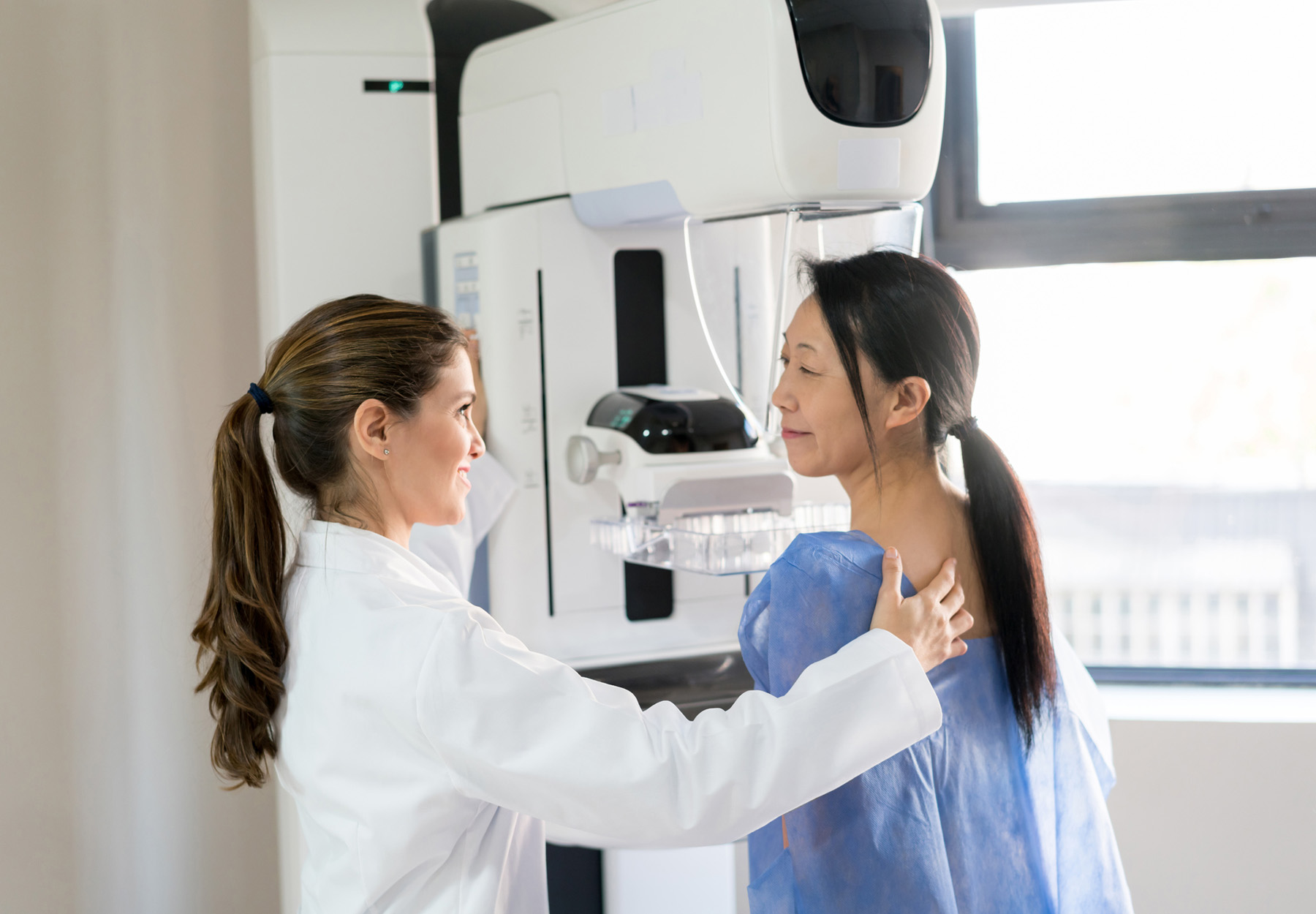Healthcare providers have a new resource to pass on to their patients regarding breast cancer screening and diagnosis. Released at the end of July by the National Comprehensive Cancer Network (NCCN), the free “NCCN Guidelines for Patients: Breast Cancer Screening and Diagnosis” document offers an “evidence-based, expert consensus resource” for patients, according to an NCCN press release.
The guidelines, which are based on input from more than 24 leading US cancer centers and from breast cancer screening and diagnosis experts, aim to offer clear advice on:
- When patients should begin screening for breast cancer
- How often they should be screened
- Understanding their risk for breast cancer
The key goal is to educate patients so they can have a key role in decisions regarding their health and have “more informed conversations” with their healthcare team, as there is often confusion around recommendations for breast cancer screening, the NCCN states.
Key Recommendations Included in the Guidelines
- Starting at age 25, women should be assessed for their risk of developing breast cancer
- Most women with average risk should be screened each year, starting at age 40
- Women should see their doctor if they notice anything out of the ordinary with their breasts, even if it doesn’t match common symptoms of breast cancer
- Women should keep up with their annual screenings, even if they are pregnant or breastfeeding
“These guidelines will help so many people,” said Sue Friedman, DVM, executive director of the organization Facing Our Risk of Cancer Empowered, in the NCCN press release. “There is general confusion about breast cancer screening guidelines and what screening people should follow based on their risk. NCCN patient guidelines are an easy way for people to access up-to-date expert recommendations in plain language.”
